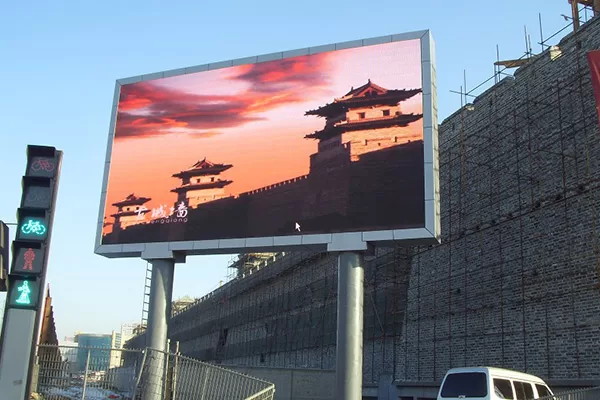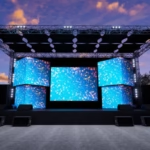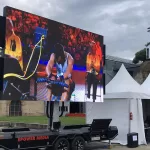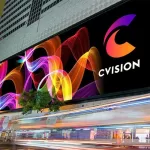In the evolving landscape of urban advertising, the shift from static imagery to dynamic, data-driven digital media has reshaped audience engagement. The outdoor advertising industry, once defined by printed posters and fluorescent-lit billboards, is now embracing large-format 디지털 LED 디스플레이 솔루션. This transformation is not a short-term trend—it is a long-term structural shift, creating sustained demand for advanced LED screen technology. To deliver innovative, reliable, and scalable digital display systems that meet the growing demands of modern advertisers.
The Market Evolution: From Static to Digital
In the early days of outdoor advertising, lightboxes were the primary visual medium. While they offered visibility, they could not update content quickly or engage with audiences in real-time. The introduction of digital LED display solutions addressed these limitations. Digital displays allow advertisers to schedule, modify, and tailor content for specific times, weather conditions, or audience demographics. This flexibility has turned outdoor advertising into a responsive communication platform rather than a one-way visual statement.
Moreover, the rise of urban smart infrastructure has integrated LED display technology into public spaces, transportation hubs, and event venues. This has accelerated adoption and created new functional use cases that extend beyond pure advertising, including public service announcements, emergency alerts, and interactive city branding.
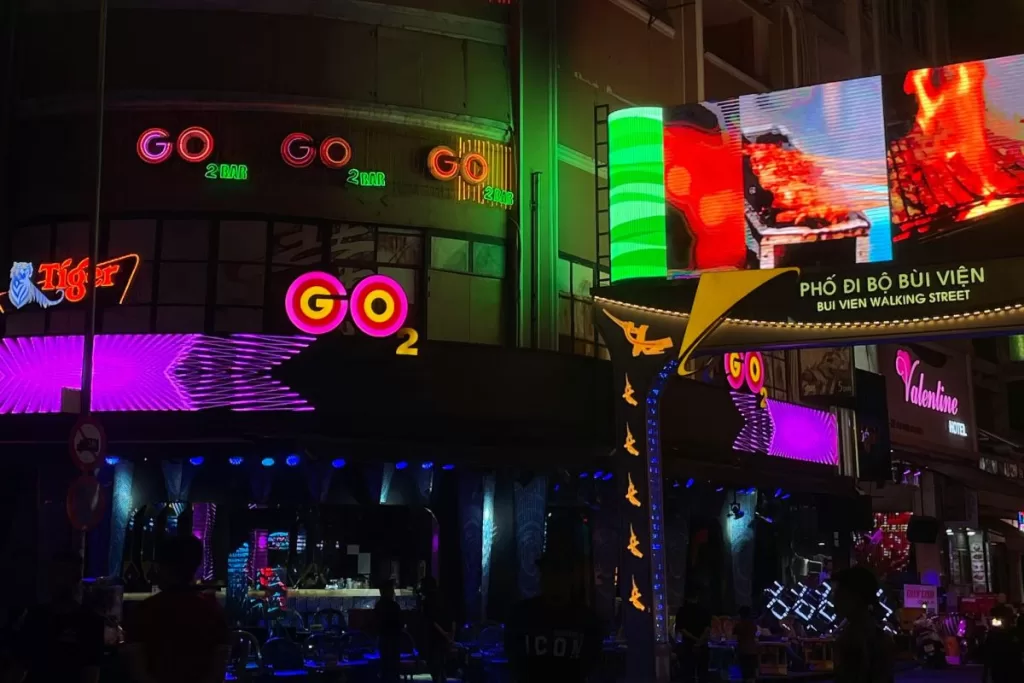
Technological Drivers Behind the Transformation
The long-term pull of outdoor digital advertising on the LED display industry is rooted in technological innovation. The transition is supported by several interlinked factors:
1. High-Resolution LED Modules
Advancements in pixel pitch and color calibration allow for sharper images, richer colors, and better visibility in varying lighting conditions. This enables LED displays to compete directly with traditional high-definition print media while adding motion graphics and video.
2. Energy-Efficient LED Systems
Modern LED displays consume significantly less power than older systems, lowering operational costs and improving sustainability. For advertisers, this translates into longer runtimes and reduced environmental impact—both critical in ESG-conscious markets.
3. Networked Content Management
Cloud-based digital signage platforms empower advertisers to control multiple LED displays across different locations from a single dashboard. This capability has made real-time campaign adjustments possible, further increasing the value proposition of LED solutions.
4. 내구성과 날씨 저항
Outdoor environments pose challenges such as rain, wind, and temperature extremes. LED displays now incorporate IP-rated enclosures, anti-glare coatings, and automatic brightness adjustment to ensure consistent performance.
Economic Impact on the LED Display Industry
The steady replacement of traditional static displays with LED screens has created a predictable demand curve for manufacturers. Instead of one-time installations that remain unchanged for years, digital displays require periodic upgrades, software updates, and content management services. This cyclical demand benefits suppliers by fostering long-term partnerships with advertising agencies, event organizers, and municipal authorities.
Furthermore, digital media networks require a variety of LED screen formats, from large-scale roadside billboards to small-format interactive kiosks. This diversity of demand encourages innovation in product lines, such as ultra-thin cabinet designs, modular panel systems, and transparent LED displays for window applications.

Urban Branding and Audience Engagement
One of the most significant long-term drivers for LED display adoption is the need for cities and brands to communicate dynamically with their audiences. A static advertisement may grab attention once, but a digital display can refresh its content multiple times a day, adapting to events, promotions, or seasonal changes.
For example, during major sporting events, LED screens in public spaces can stream live scores, display fan messages, or host interactive social media feeds. This creates a participatory environment, increasing brand affinity and making the advertising platform itself a public attraction.
Integration with Emerging Technologies
The next stage of digital outdoor advertising will integrate LED displays with emerging technologies such as AI, IoT, and 5G connectivity. AI-driven audience analytics will allow LED screens to display content based on real-time crowd demographics. IoT-enabled sensors can trigger specific ads based on traffic flow or weather conditions. Meanwhile, 5G networks will enable faster content delivery, reducing latency and enhancing interactive experiences.
For the LED display industry, this means that screens will not only be display surfaces but also intelligent data nodes within a connected media ecosystem. Manufacturers who anticipate this shift and integrate compatible hardware and software will be better positioned to capture market share.
Sustainability as a Competitive Advantage
As more cities adopt sustainability goals, the environmental impact of large-scale advertising comes under scrutiny. Energy-efficient LED systems with recyclable components and reduced light pollution are becoming competitive differentiators. For manufacturers like D-KING, developing eco-friendly LED display solutions is not only a market opportunity but also a strategic necessity for long-term relevance.
Challenges and Competitive Pressures
Despite the promising growth trajectory, the LED display industry faces competitive pressures. Rapid technological advancements shorten product lifecycles, requiring continuous R&D investment. Additionally, price competition from low-cost suppliers can challenge profit margins, making quality assurance and after-sales service key differentiators.
Regulatory factors also play a role. Some cities impose restrictions on brightness levels, size, and location of outdoor digital displays to preserve aesthetics or reduce driver distraction. Navigating these regulations requires close collaboration with clients to design compliant yet impactful solutions.
Conclusion: A Structural Growth Story
The digitalization of outdoor advertising marks a structural shift that will sustain long-term growth in the LED display industry. From the replacement of static lightboxes to the rise of intelligent, networked media networks, the demand for advanced LED display solutions will continue to expand.
을 위한 디킹, the opportunity lies not just in supplying LED screens but in delivering complete, future-proof digital LED display solutions that combine durability, efficiency, interactivity, and sustainability. By aligning technology with the evolving needs of advertisers and city planners, the company can position itself as a leader in this ongoing transformation.
In an industry where visual impact meets data-driven communication, LED displays are no longer passive advertising surfaces—they are active, adaptive, and essential components of modern urban life.

